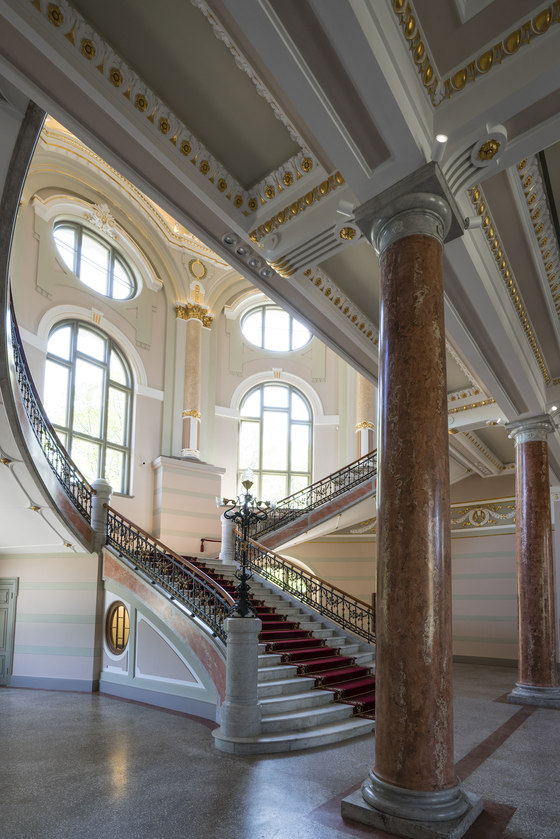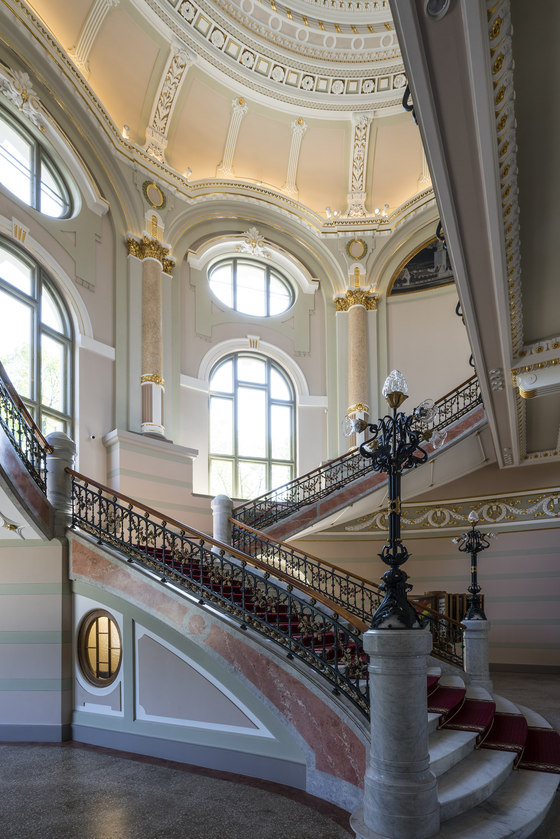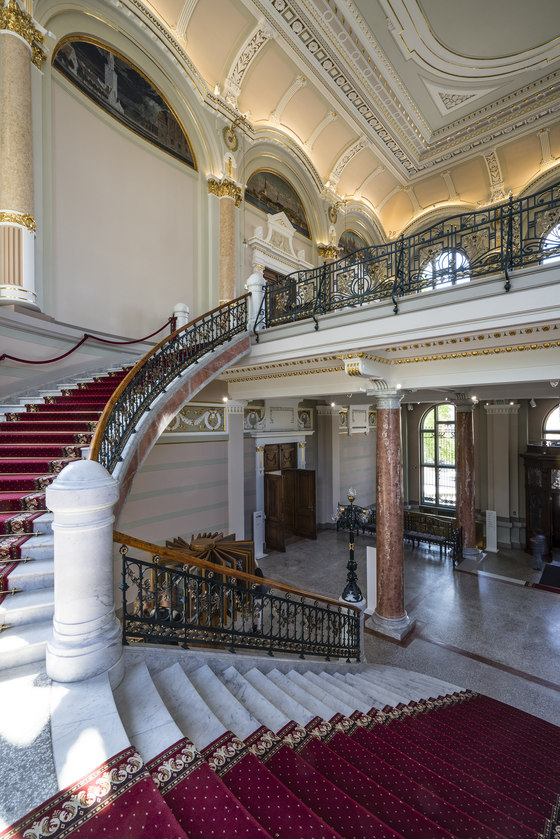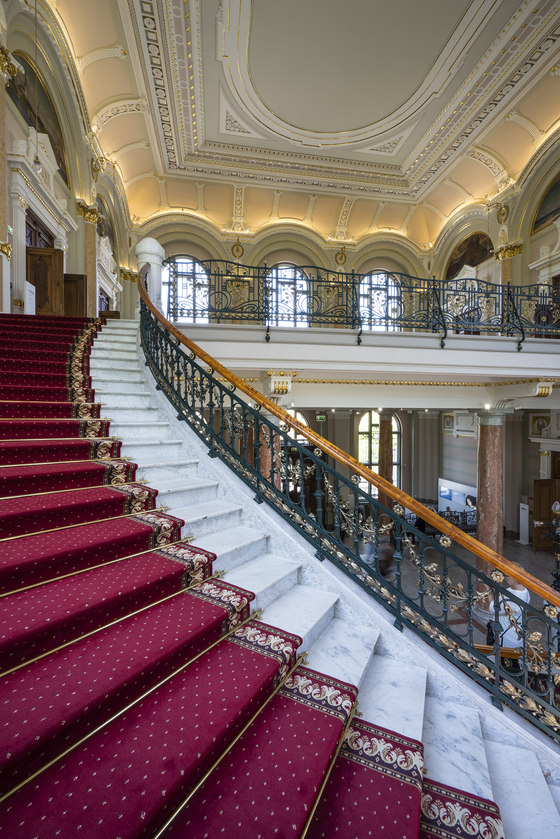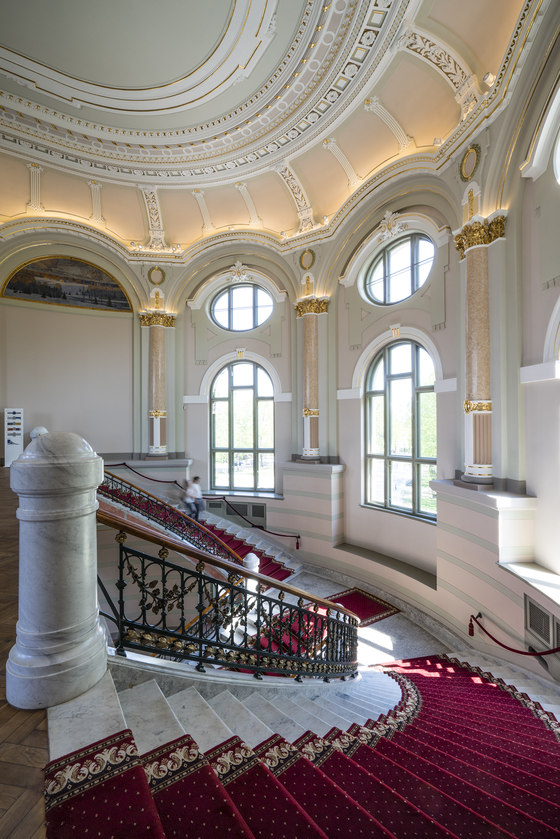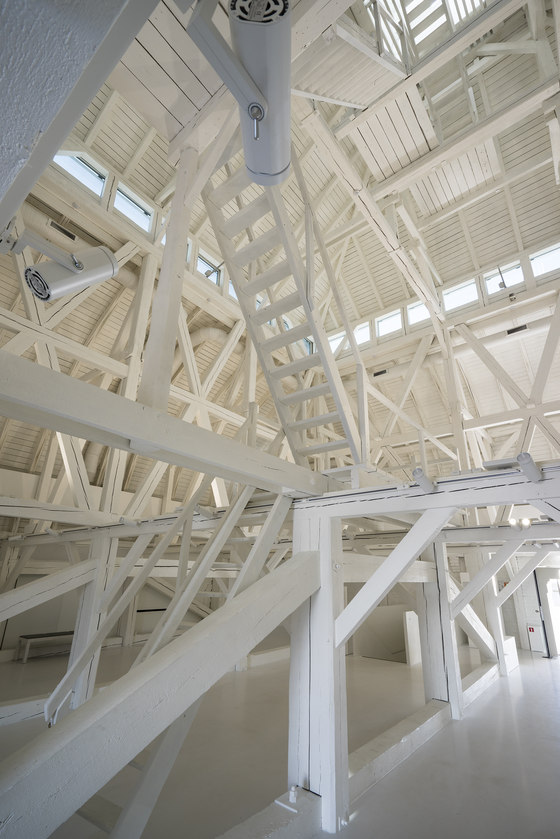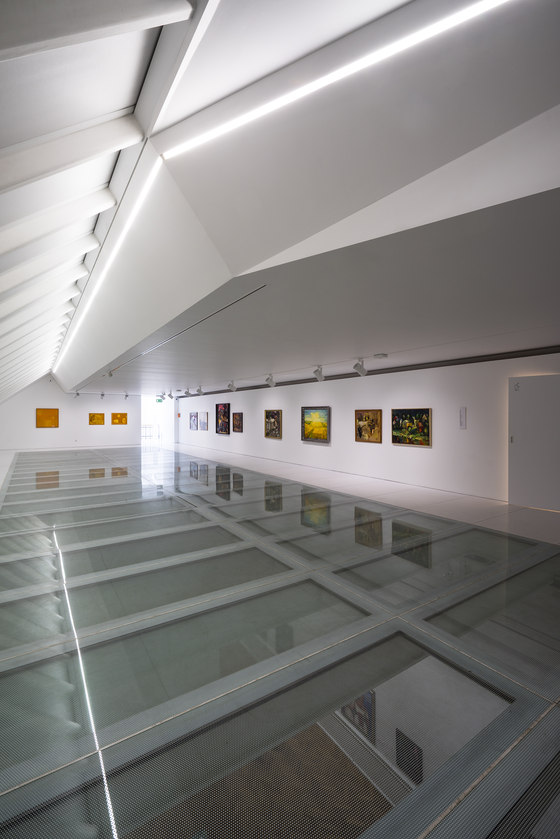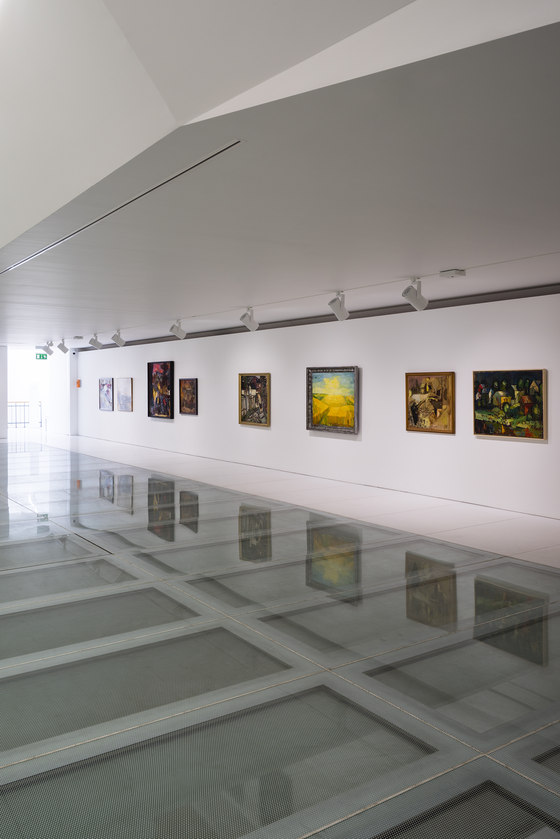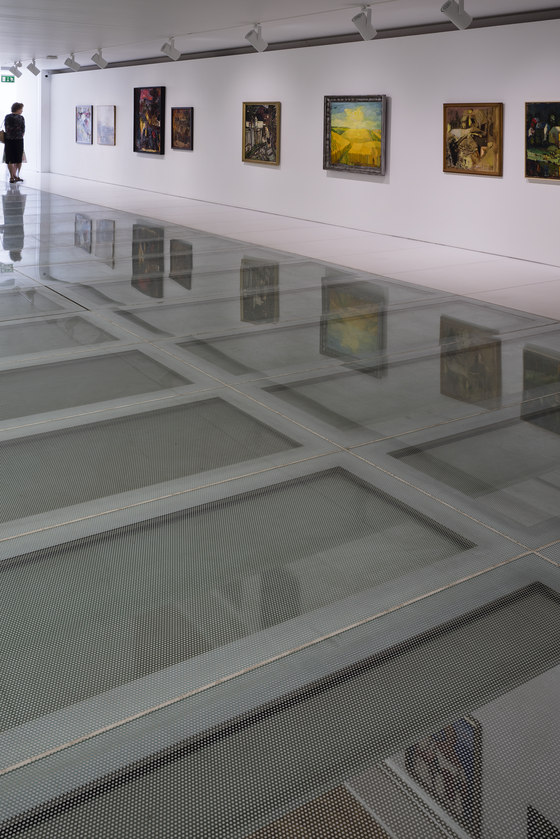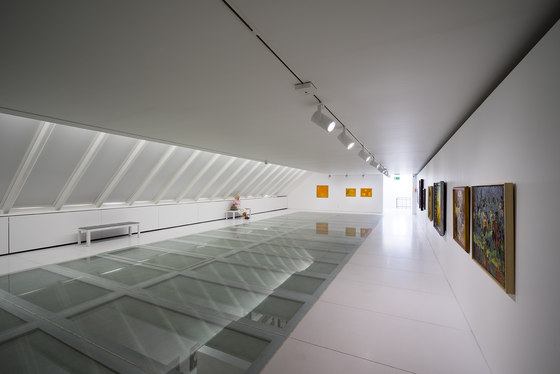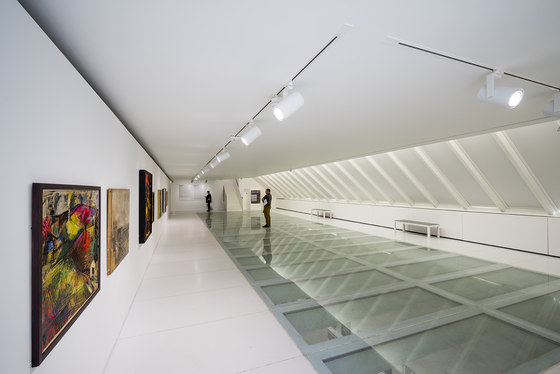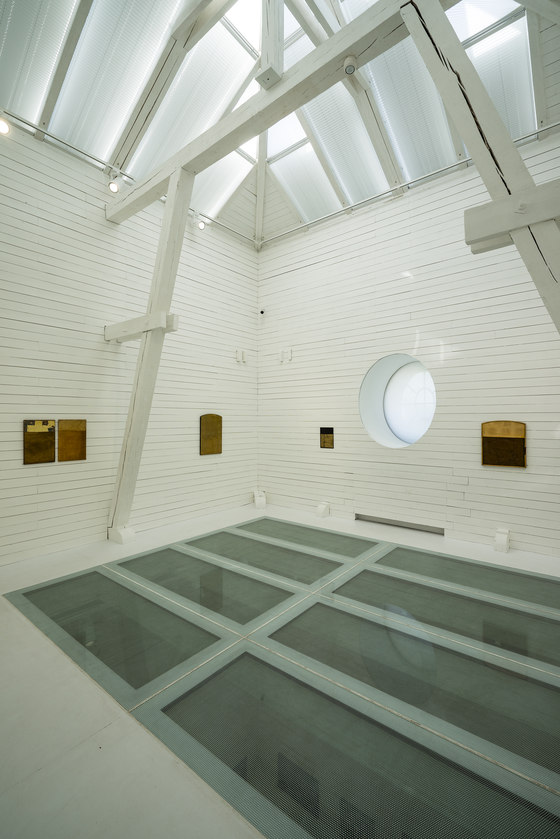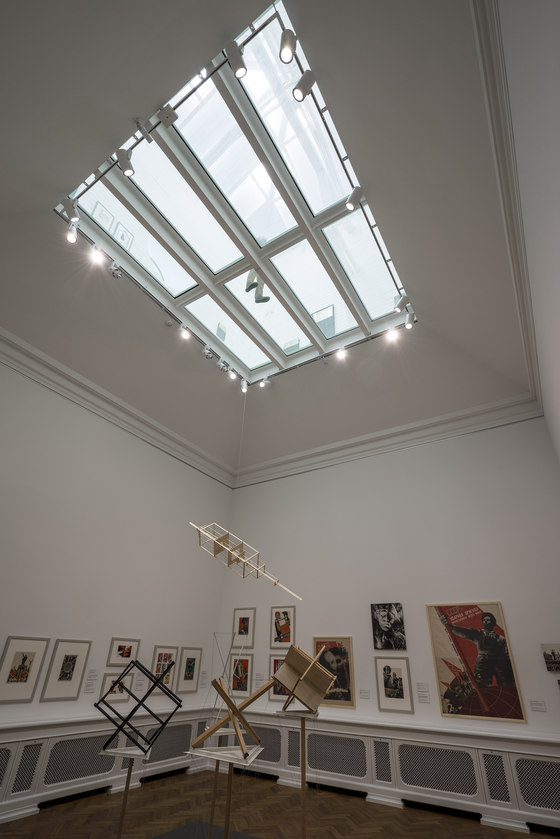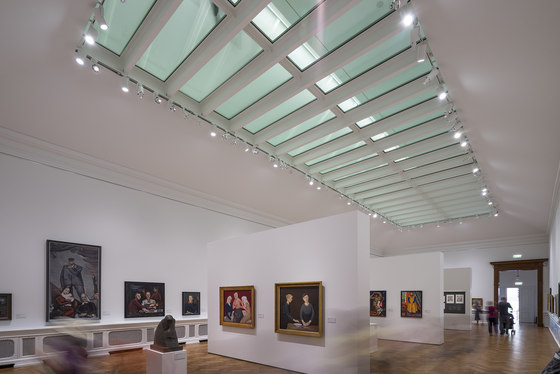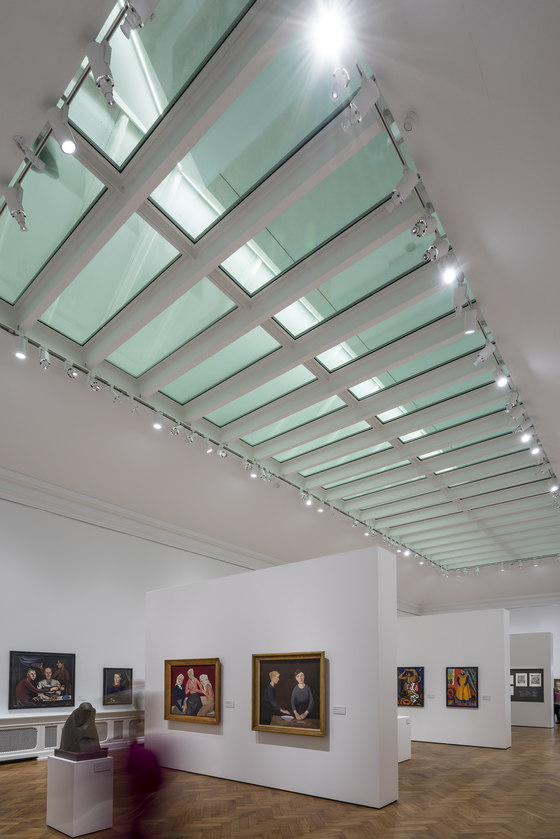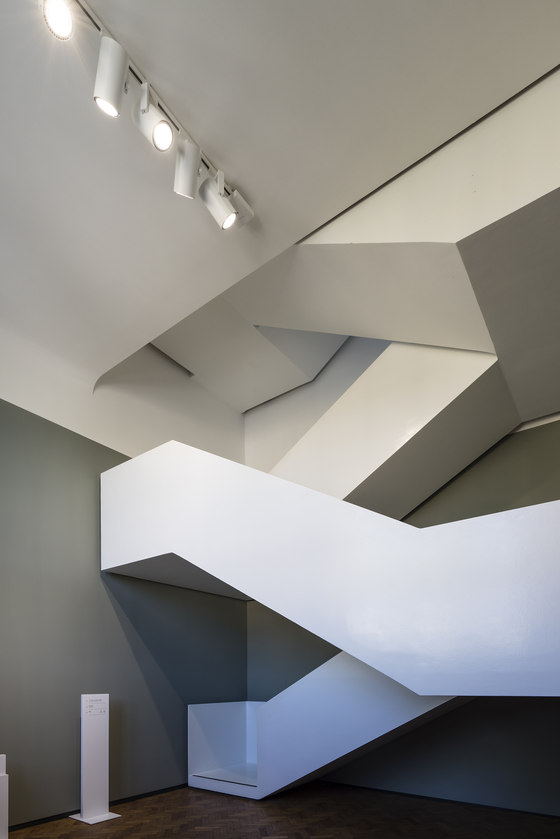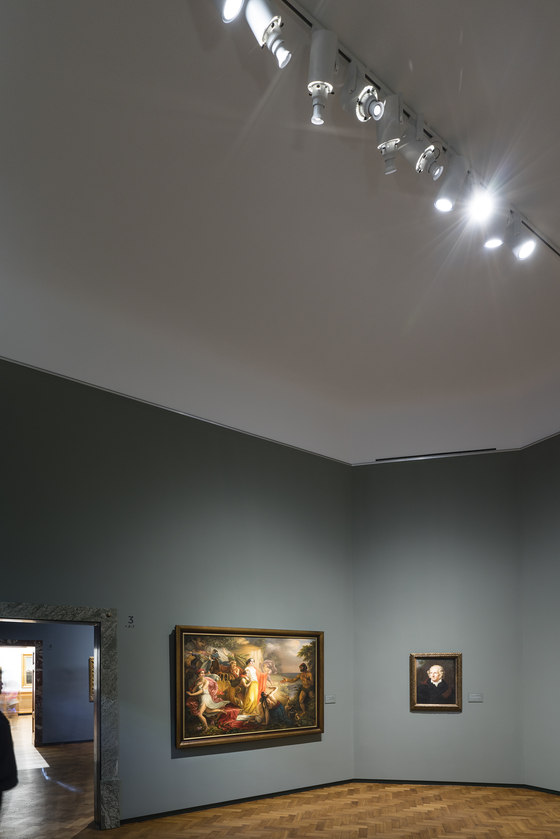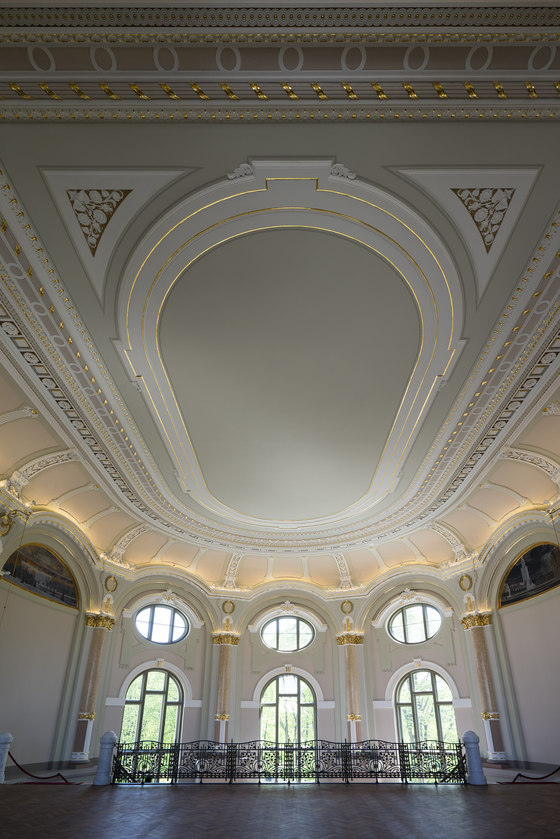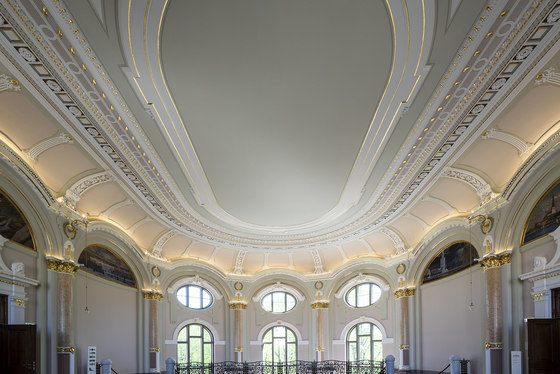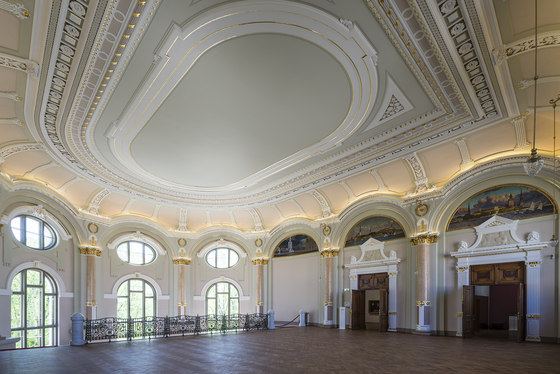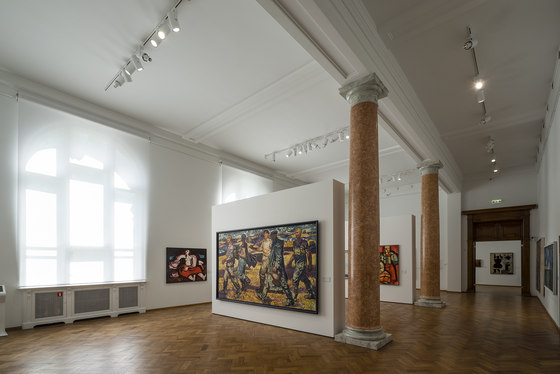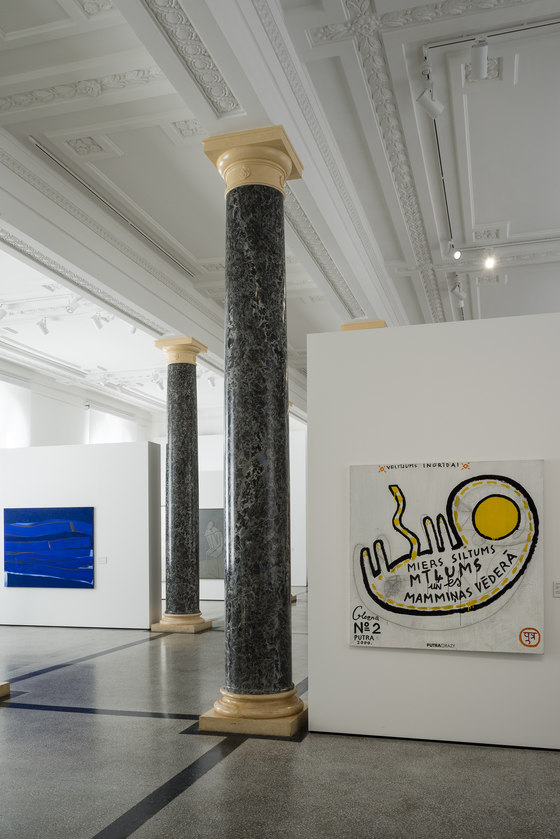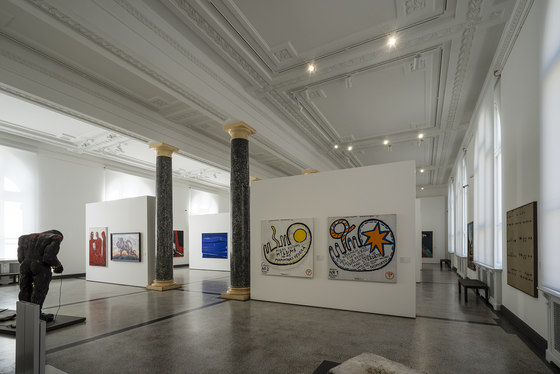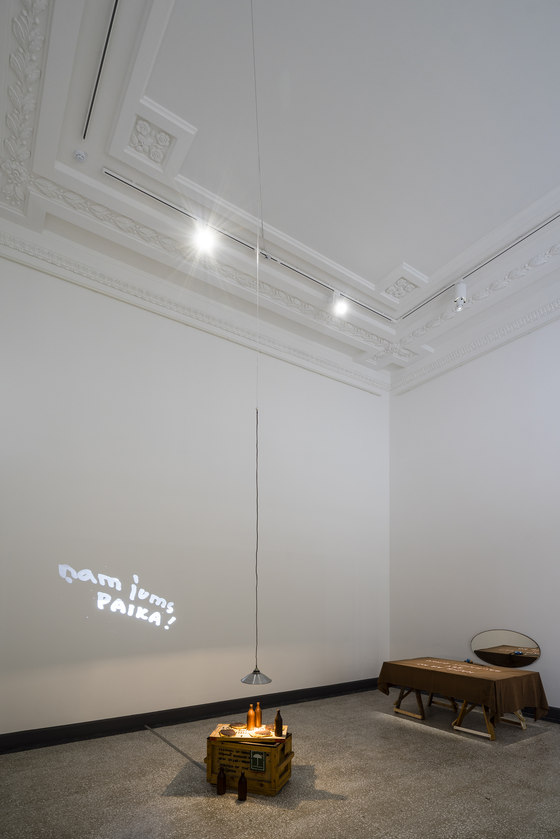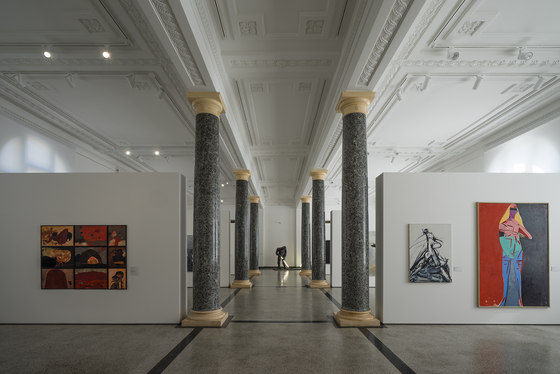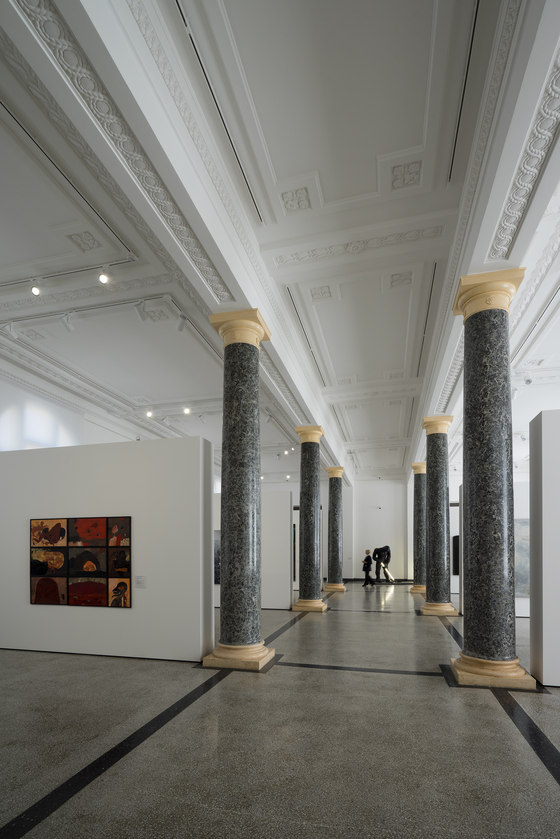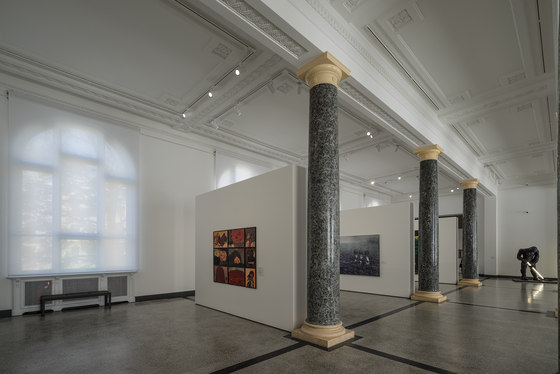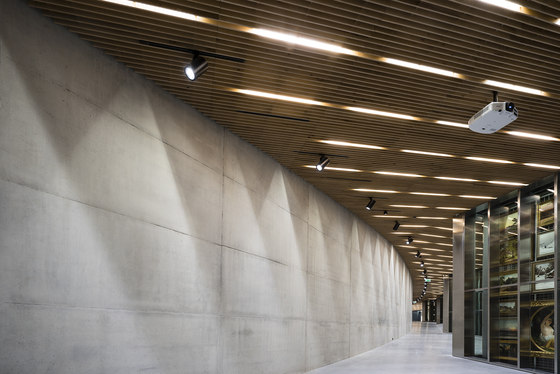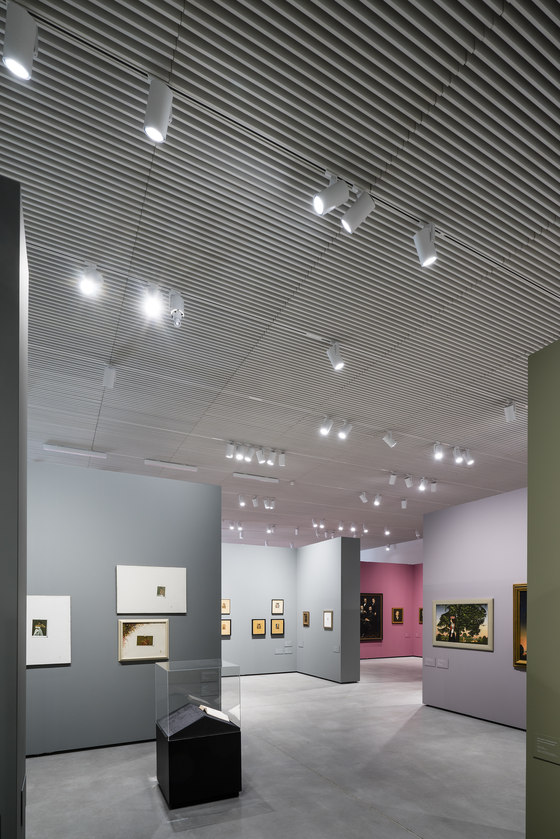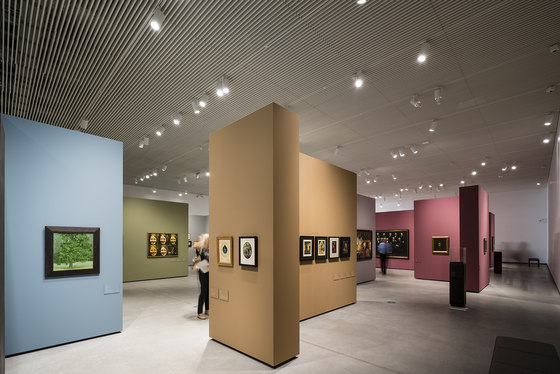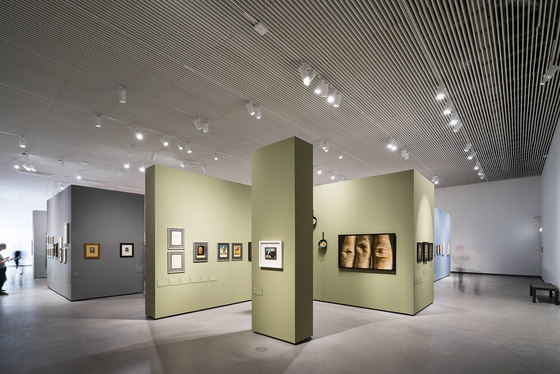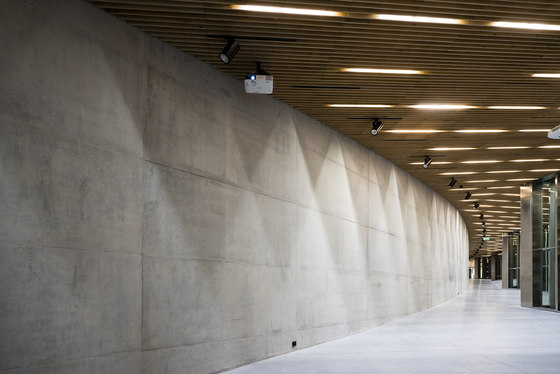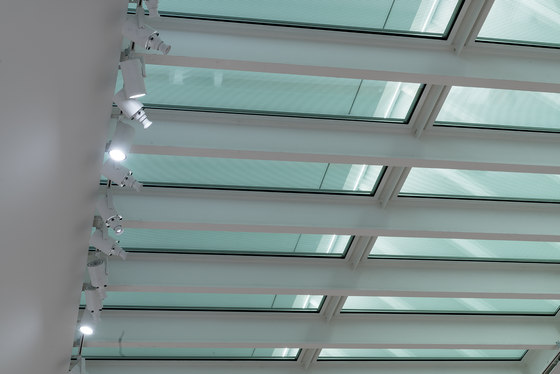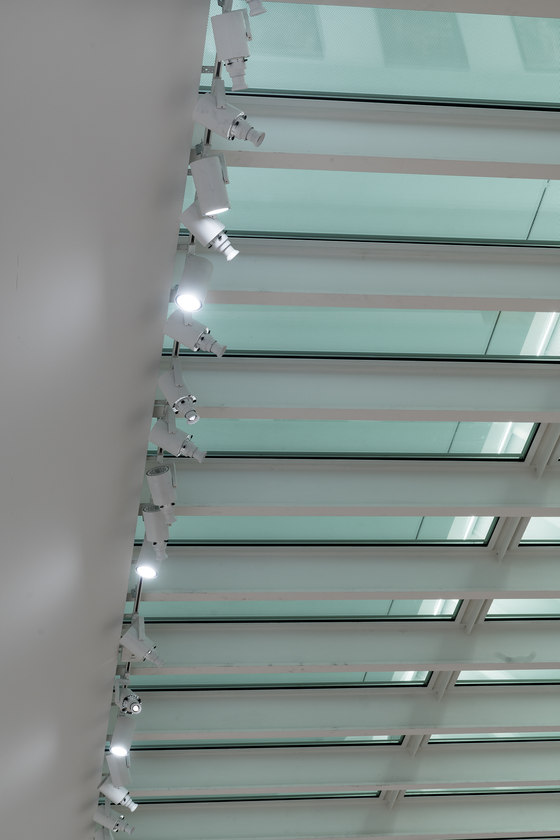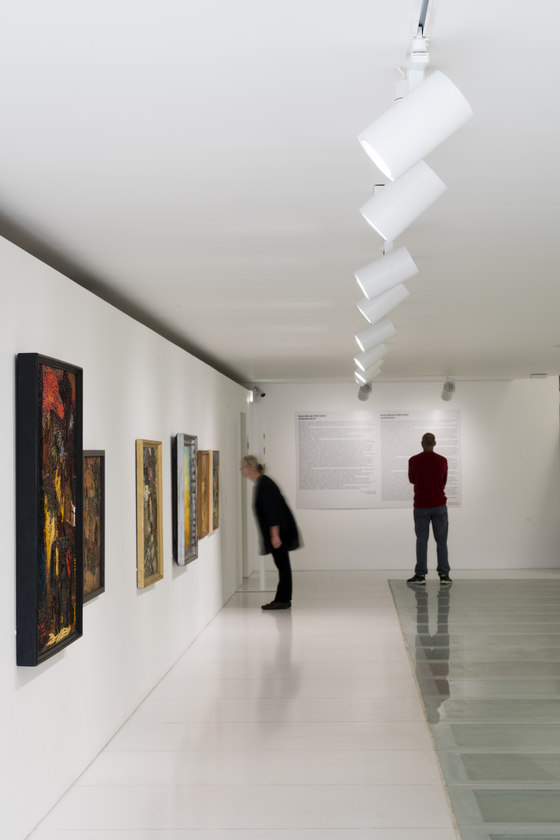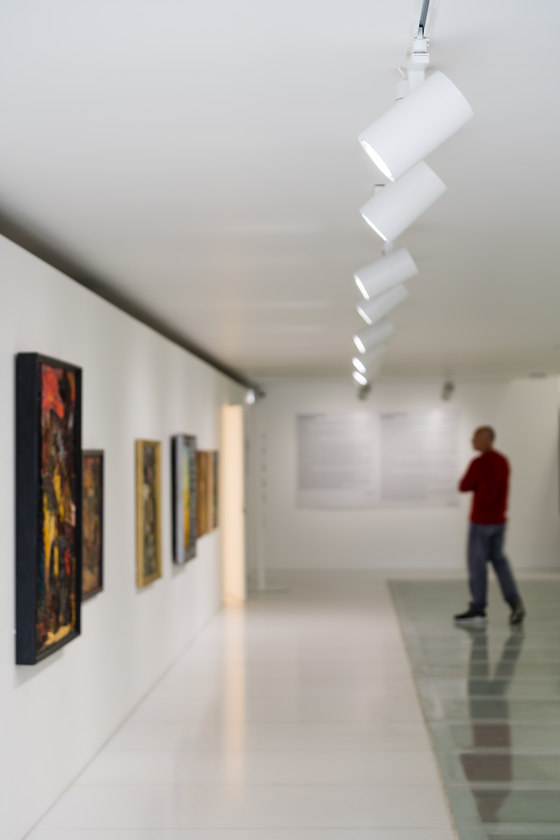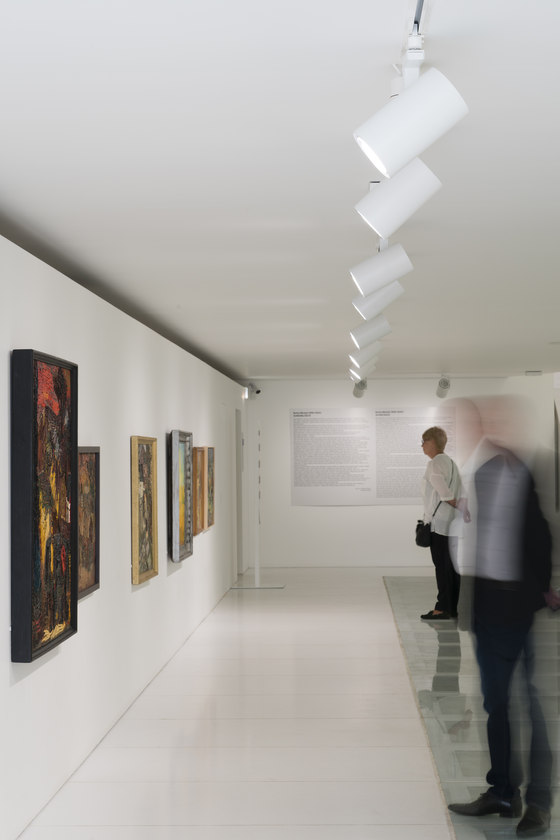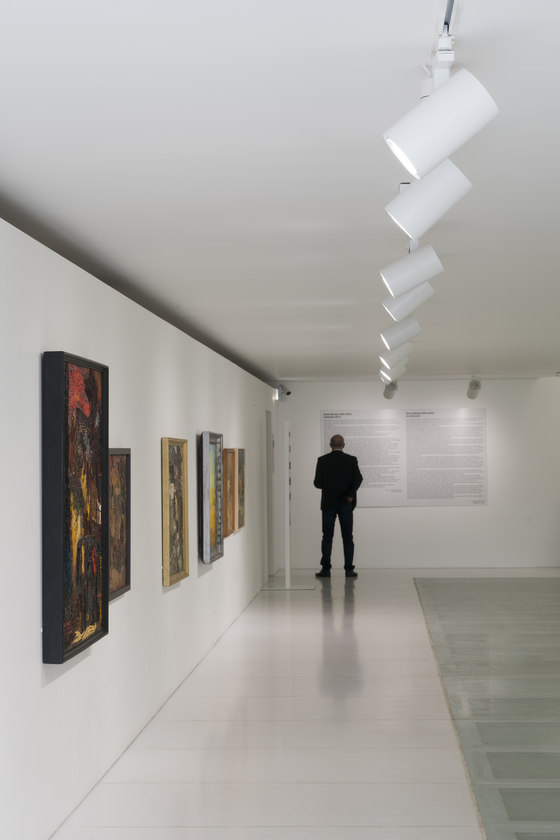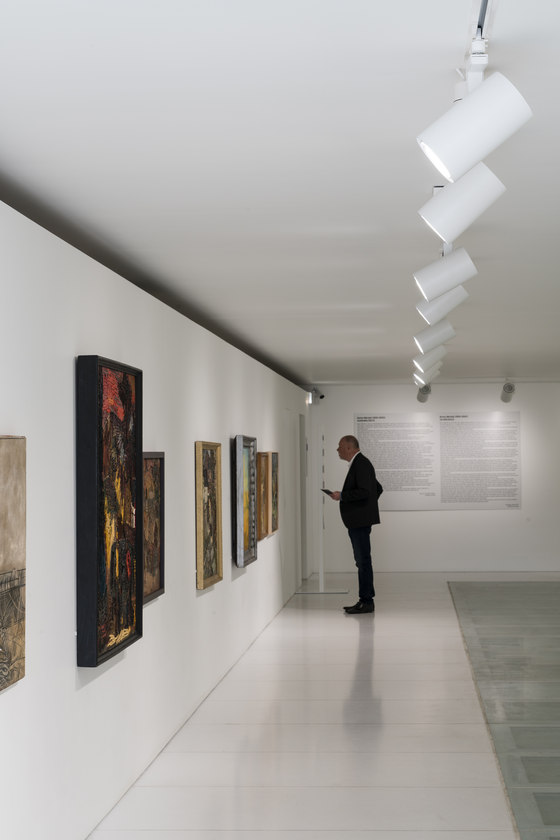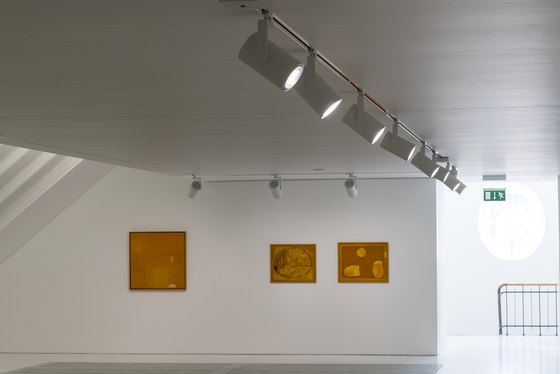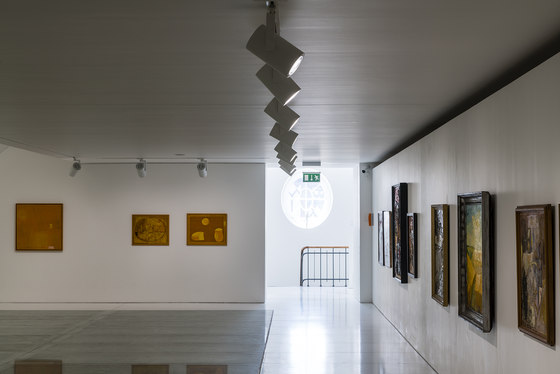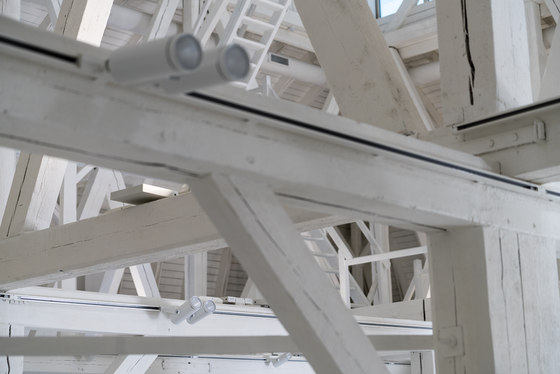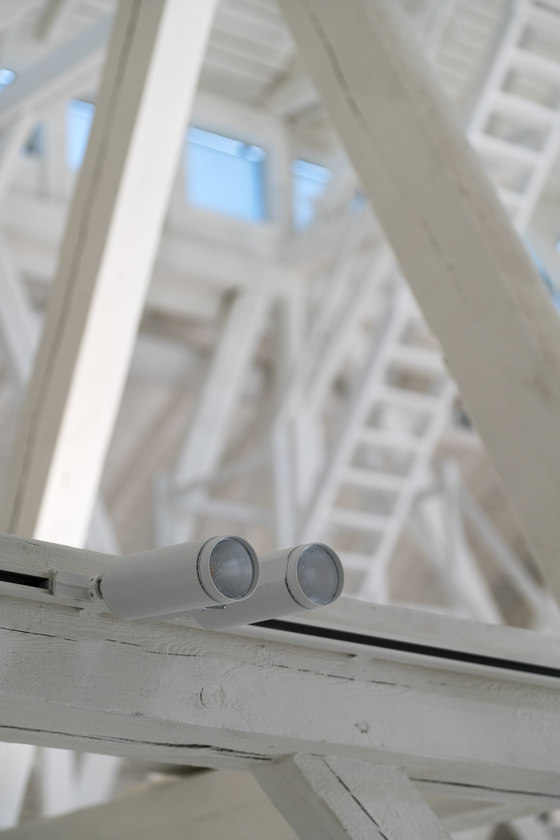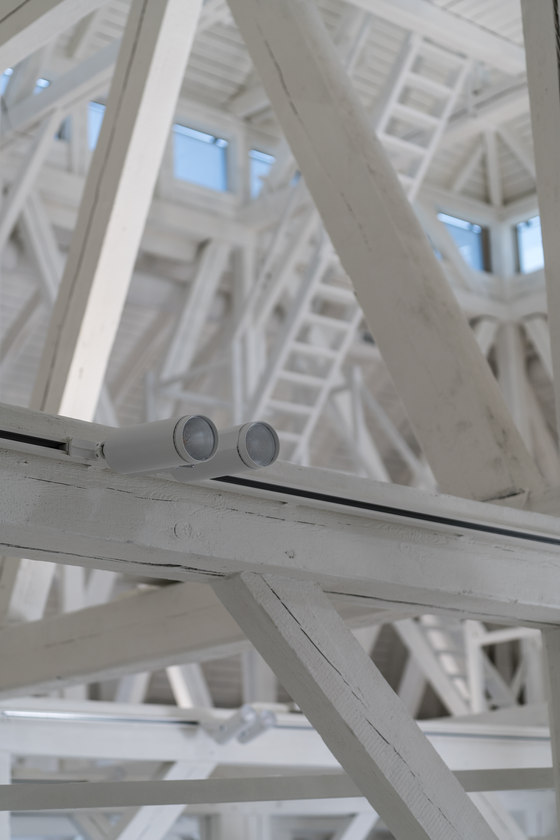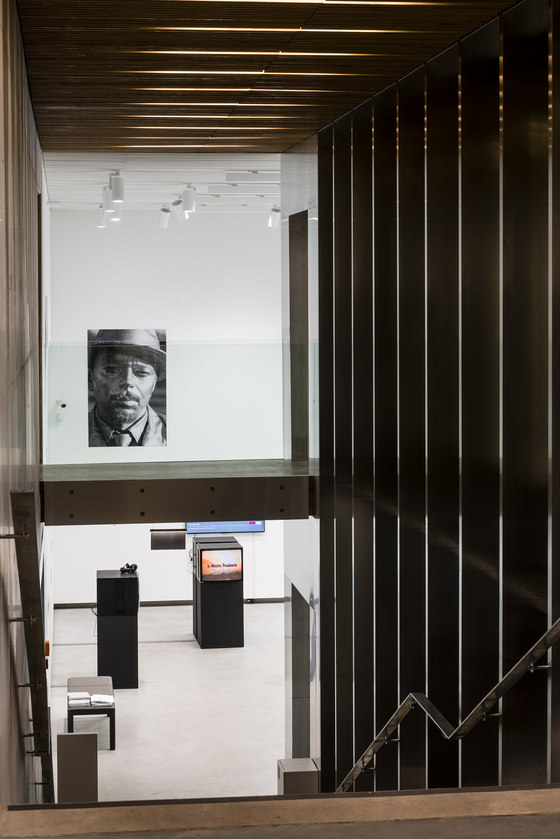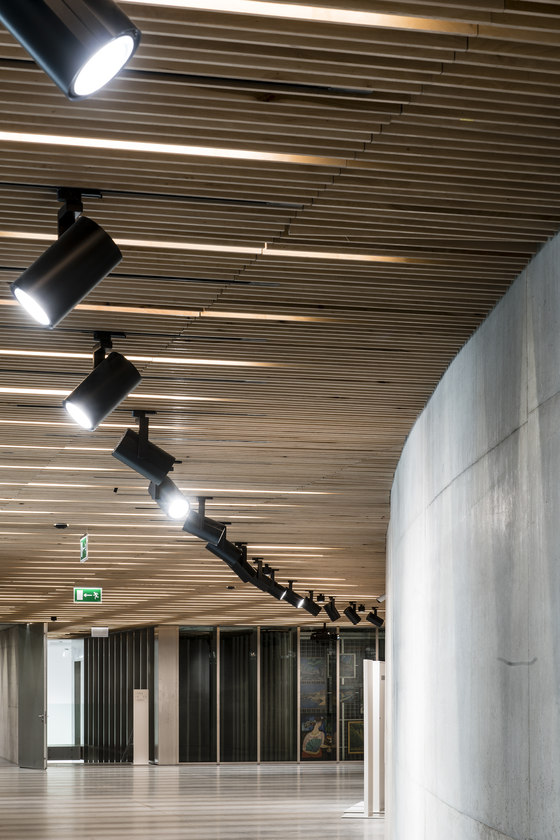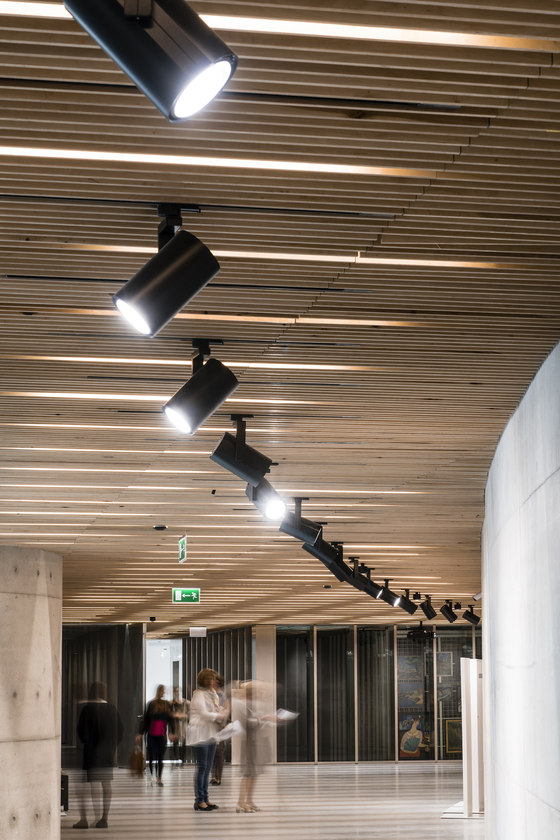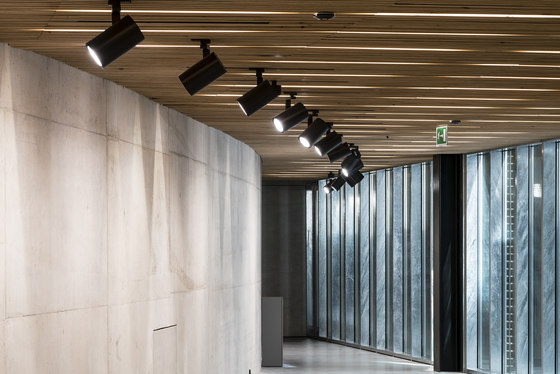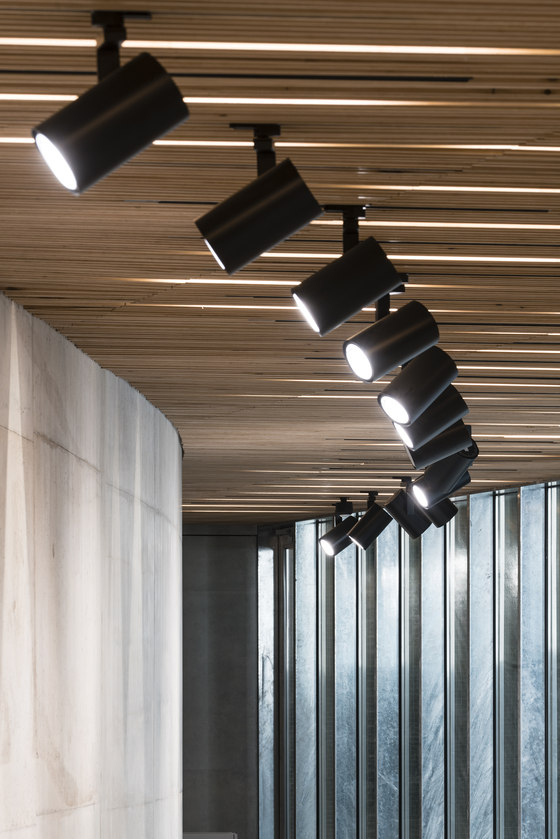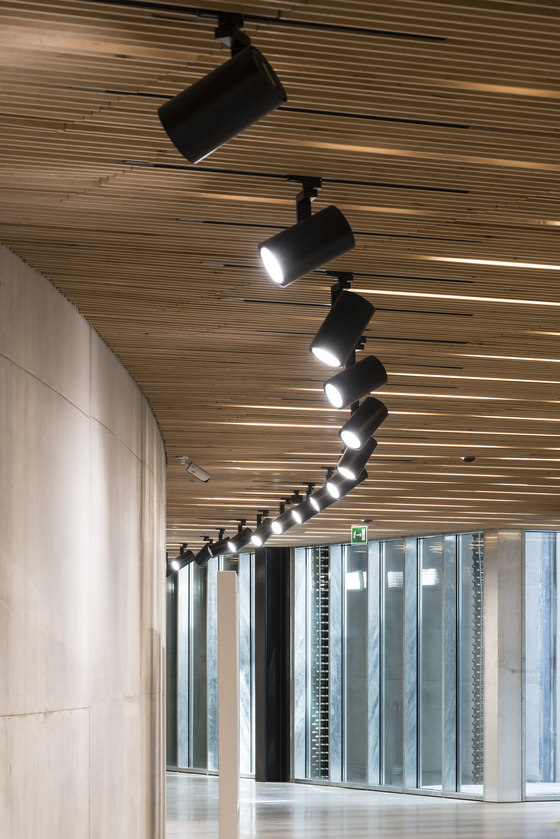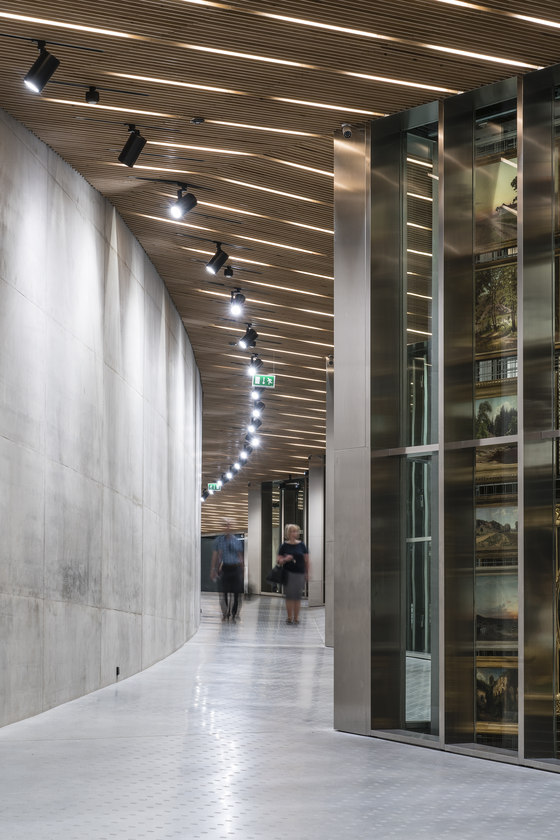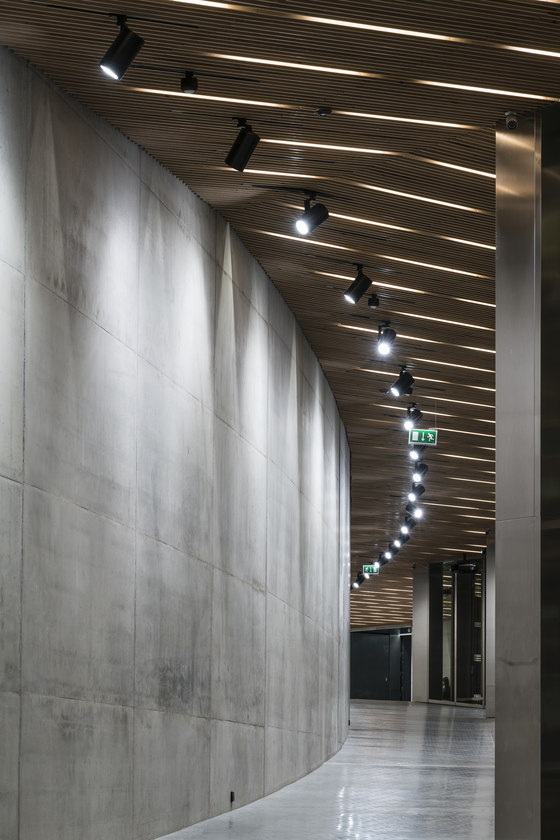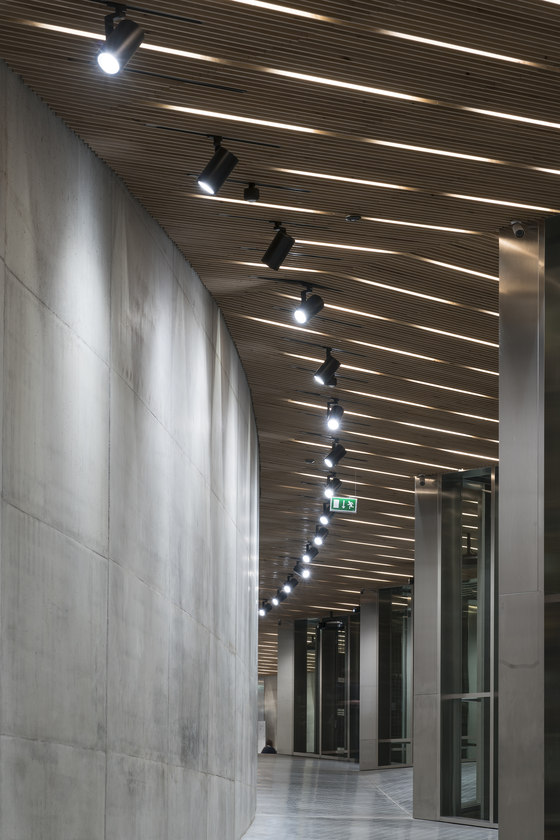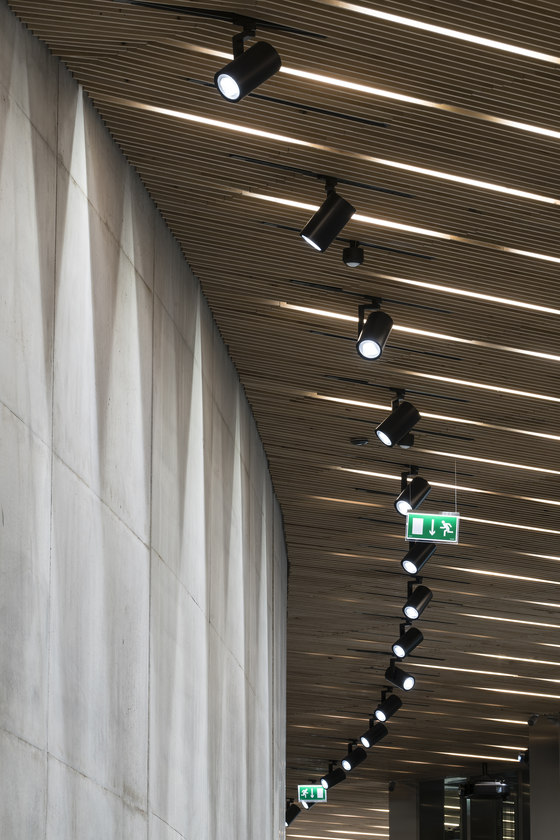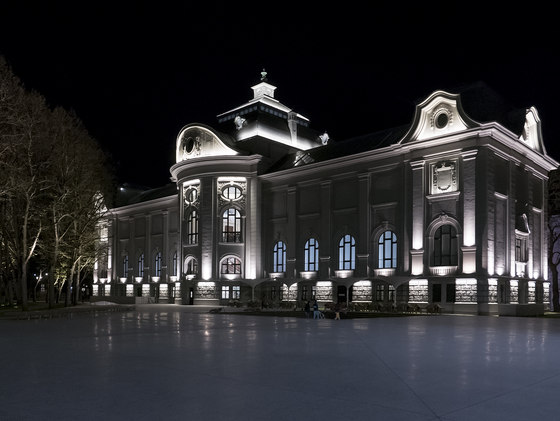Museum lighting: a finely-balanced relationship between light and art
The National Museum of Fine Arts in Riga (Latvijas Nacionalais Mākslas Muzejs) houses a rich collection of paintings of the great Baltic masters, as well as an exhibition area entirely devoted to temporary exhibitions of national and international artists. In the spring of 2016 this Latvian museum was reopened to the public after a period of closure for renovation. A renewal carefully designed to emphasise the high artistic value of the works on exhibition as well as the architecture of the host building. Museums as an experience are not limited to viewing artistic works, which at times blend into a single whole with the surrounding environment. The architecture of this building, the arrangement of the works and the choice of lighting are just some of the side issues which significantly affect the overall enjoyment of the works of art on display.
The choice of lighting solutions was based on two assumptions: first, the aim was to emphasise the majestic façade of the building, designed in classical and baroque style by the German architect Wilhelm Neumann. On the other hand, the intention was to highlight the great artistic merit of the various works exhibited (paintings of various sizes, sculptures and small objects housed in glass cases and niches, often on display in rooms with very high ceilings). The bright lines of the Xenia bar were used to illuminate the main façade. In this way lighting spills over as a soft mantle of light, extending upwards and downwards. In contrast, 1300 projectors were chosen to illuminate the collections and exhibition areas, roughly 90% of these using DALI technology.
The choice for interior museum lighting fell on the i-Lèd collection: Sunrise and Vektor. The Sunrise projector, using high colour LED light source rendering, gives shape to accents of light which combine in a play on forms and sizes, highlighting certain aspects of works of art and interior building architecture. Vektor projector technology, on the same track, offers instead the chance of precisely shaping painting contours. LED technology, combined with shaping, not only does not damage picture pigments, but pinpoints visual focus on the canvas, creating a pleasant contrast effect with the supporting walls.
The illumination choices for the Riga Museum have thus satisfied a dual requirement, further hampered by the need to maintain a balance between aesthetics, technology and functionality. The building façade, illuminated in this way, evokes a new aesthetic design, the perfect understanding between notes of fascination and harmony. As for the interior lighting, results succeed in preserving the magnificence of the works exhibited from pitfalls like shadows, which often prevent full enjoyment of the artistic experience. Architecture and lighting thus become two prevailing aspects in experiencing art, giving the structure an important aesthetic value as well as a strong identity.

